- Empty cart.
- Continue Shopping
Pulasan (Grafted)
Original price was: ₹1,300.00.₹788.00Current price is: ₹788.00.
Genus : Nephelium Mutabile
“Elevate your garden with our grafted pulasan fruit plant, offering an exquisite tropical fruit experience. This high-yield variety guarantees plentiful harvests of the delicious pulasan, known for its sweet and tangy flavor. Enjoy the taste of the tropics right in your own backyard.”
Pulasan fruit plants, scientifically known as Nephelium ramboutan-ake, are small, tropical trees that are native to Southeast Asia. They are closely related to the more commonly known rambutan fruit and are prized for their sweet, juicy flesh.
The pulasan tree can grow up to 15 meters in height and has a dense, bushy growth habit. It has long, pinnate leaves that are bright green in color and produces small, greenish-yellow flowers that bloom in early spring. The fruit of the pulasan tree is a small, round berry that is covered in a thick, spiky skin that ranges in color from red to yellow.
Inside the skin are juicy, translucent-white arils that are similar in texture and flavor to those of the rambutan fruit. The pulasan fruit is rich in vitamins, minerals, and antioxidants, and is commonly eaten as a dessert fruit or used in jams, jellies, and other culinary applications.
Pulasan fruit plants require a warm, humid climate to grow and thrive. They prefer well-draining soil that is rich in organic matter and slightly acidic in pH. These trees are also intolerant of drought and require regular watering to produce healthy fruit.
Pulasan fruit plants are typically grown from seeds or air-layering, as they do not produce true-to-type cuttings. They require regular pruning to maintain their shape and promote healthy fruit production. Pulasan trees can produce fruit for up to 20 years, with peak production occurring between 5-10 years of age.
In addition to their culinary uses, pulasan fruit plants have been used in traditional medicine for centuries. They are believed to have anti-inflammatory and anti-cancer properties, as well as benefits for cardiovascular health and digestion.
Overall, pulasan fruit plants are a unique and delicious tropical fruit that is well-suited for cultivation in warm, humid climates. Their sweet and juicy flesh, as well as their potential health benefits, make them a popular choice among fruit enthusiasts and health-conscious consumers.

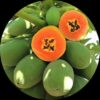
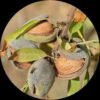


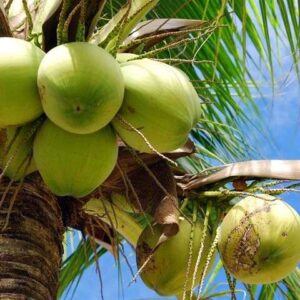

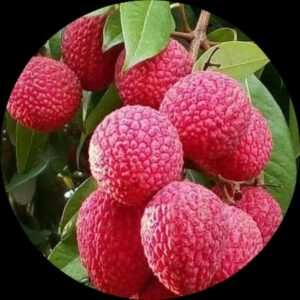

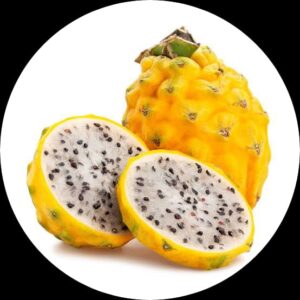
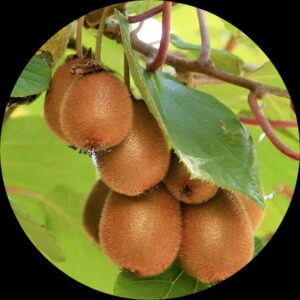
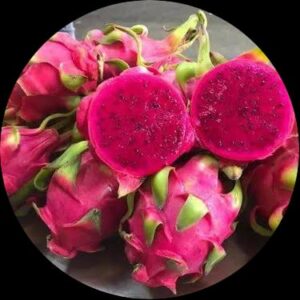
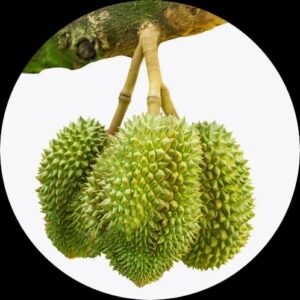
Reviews
There are no reviews yet.